Dream Factory 2026 Complete Show and Grow Guide
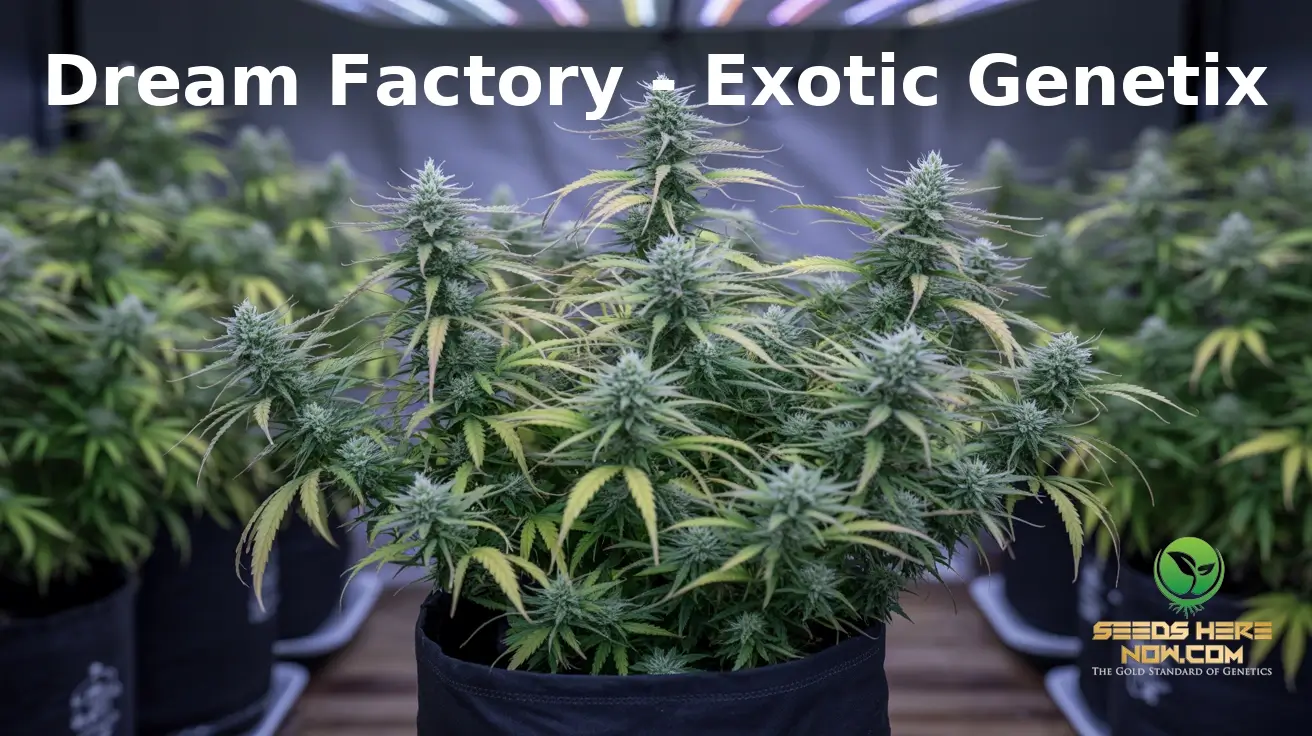
Strain Overview
Dream Factory by Exotic Genetix crosses Apples & Bananas with Bakers Dozen, delivering a 60/40 indica-dominant hybrid with feminized genetics. This strain flowers in 63-70 days with heavy yields and complex terpene profiles combining sweet fruit, chem, and vanilla cookie notes. THC content ranges 20-25%, making it suitable for intermediate to advanced growers seeking exhibition-quality results.
Genetic Background & What to Expect
Apples & Bananas (Compound Genetics/Cookies Fam) brings the fruity terps from its Platinum Cookies x Granddaddy Purple lineage crossed with Blue Power. Expect dense, frosty flowers with apple and banana aromatics.
Bakers Dozen (Milk & Cookies x Rainbow Chip) contributes the vanilla cookie aroma, vigorous growth, and the Mint Chocolate Chip influence that adds creamy, dessert-like qualities.
The combination produces multi-topped bush structures with medium-tall height profiles, excellent resin production, and terpene complexity ideal for competition entries.
Pre-Grow Planning
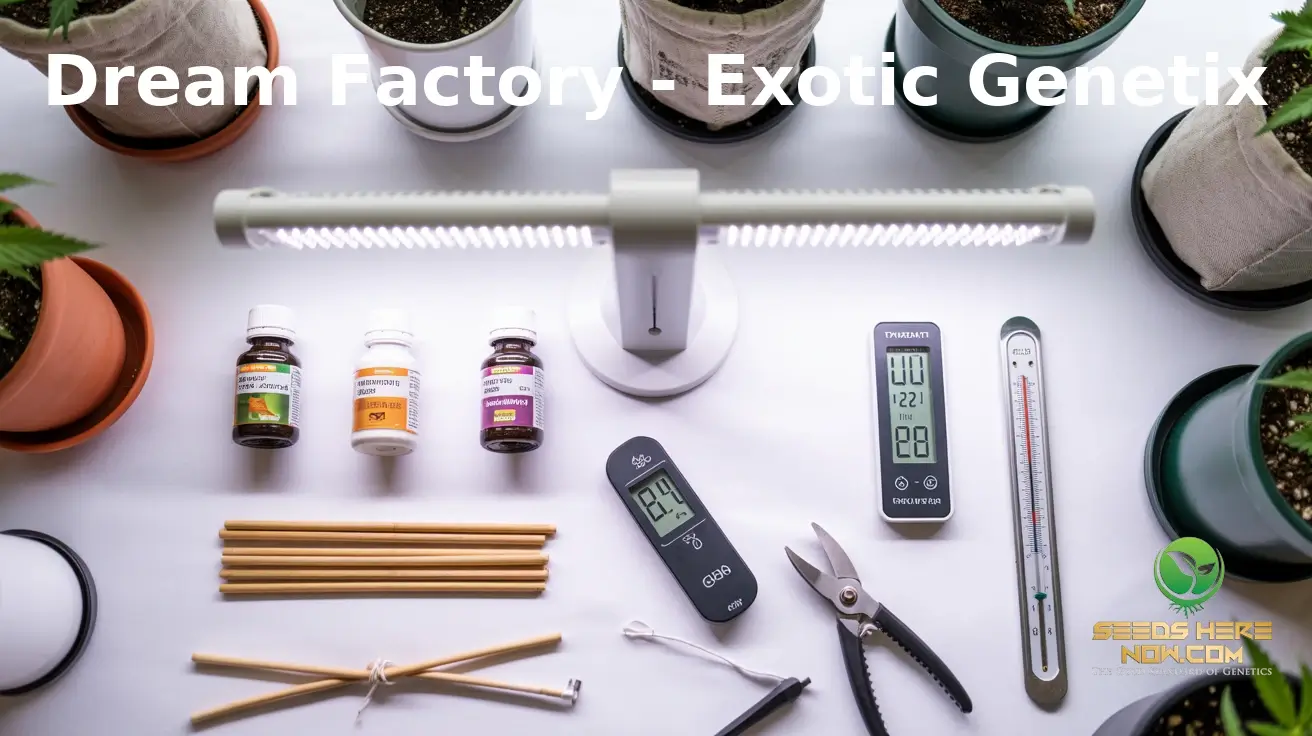
Environment Selection: Indoor cultivation provides maximum control for show-quality flowers. Minimum 4×4 space recommended per 4 plants. Outdoor grows finish late September/early October, but sacrifice the precision needed for exhibition standards.
Equipment Checklist:
- LED grow lights: 600-1000W (full spectrum, 3000-3500K flowering)
- Ventilation: 6″ inline fan minimum with carbon filter
- Climate control: AC unit, dehumidifier, humidifier
- Monitoring: Digital thermometer/hygrometer, pH/EC meters
- Growing medium: Living soil, coco coir, or hydro setup
- Nutrients: Complete base + bloom boosters + CalMag
- Support structures: Trellis netting, bamboo stakes
- Training tools: Soft ties, pruning shears
Medium Selection: Living organic soil delivers superior terpene expression but requires 3-4 weeks of pre-cooking. Coco coir with synthetic nutrients offers faster uptake and larger yields. Hydro systems maximize growth rates but demand constant monitoring.
Germination (Days 1-7)
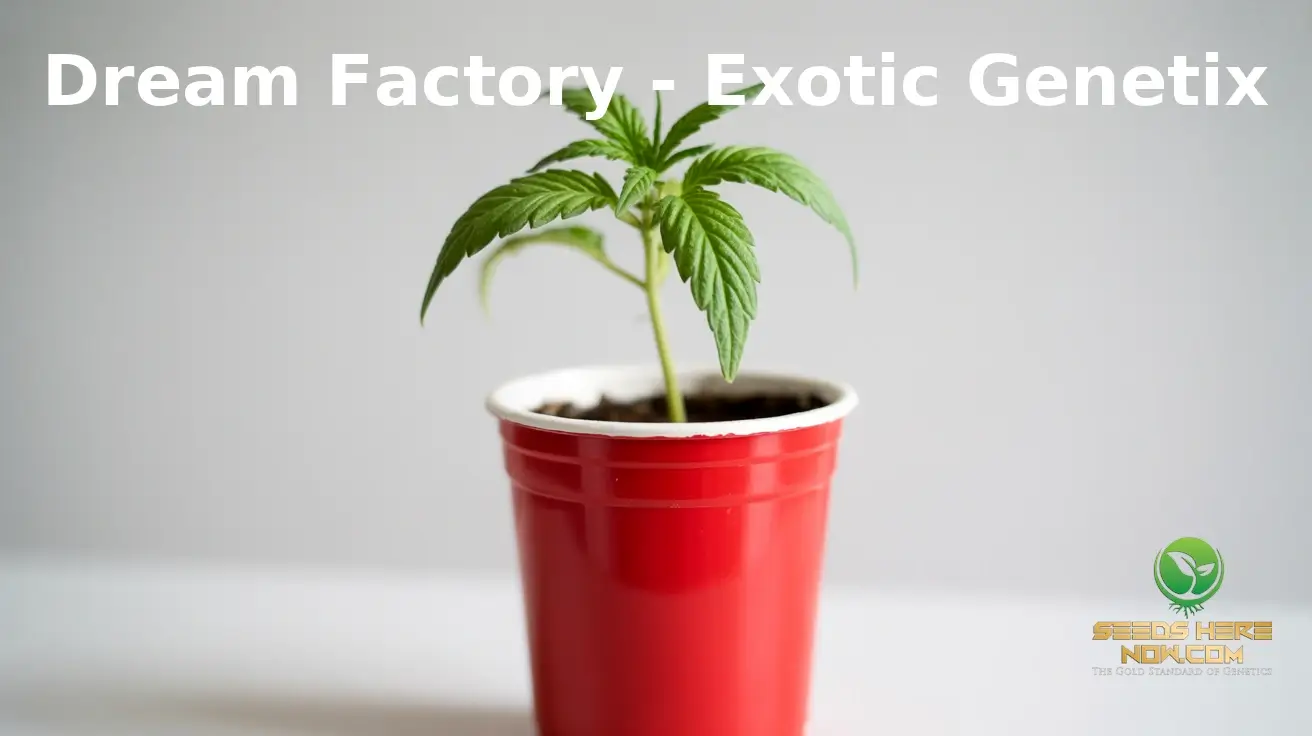
Paper Towel Method: Place seeds between damp paper towels in a plate, cover with a second plate. Maintain 75-80°F in a dark location. Check daily, adding water if towels dry out. Taproots emerge 24-72 hours.
Direct Soil Method: Plant seeds 0.5″ deep in pre-moistened starter medium (solo cups work well). Cover with a humidity dome. Maintain 75-80°F and 70% RH. Seedlings emerge 3-7 days.
Pro Tips:
- Soak seeds 12-24 hours in distilled water before paper towel method
- Add 1 drop hydrogen peroxide per cup water to prevent damping-off
- Label each seed with germination date
- Prepare grow space during germination period
Seedling Stage (Weeks 1-3)
Environment:
- Temperature: 75-80°F lights on, 65-70°F lights off
- Humidity: 65-70%
- Light schedule: 18/6 or 20/4
- Light intensity: 200-400 PPFD
- Light distance: 24-30″ from canopy
Container Management: Start in solo cups or 1-gallon pots. Transplant when roots reach container edges (typically week 2-3). Avoid overwatering—seedlings need wet/dry cycles for root development.
Watering: Use pH 6.0-6.5 (soil) or 5.5-6.0 (coco/hydro) water. Water when top inch of medium is dry. Approximately 50-100ml per plant every 2-3 days initially.
Nutrients: Weeks 1-2: Plain pH’d water only. Week 3: Introduce 1/4 strength seedling formula (200-300 PPM).
Critical Actions:
- Monitor for helmet heads (stuck seed casings)—remove gently with tweezers
- Watch for stretching, indicating insufficient light
- Remove humidity dome gradually (crack first, then remove)
- Begin LST planning once 4-6 nodes develop
Vegetative Stage (Weeks 4-8)
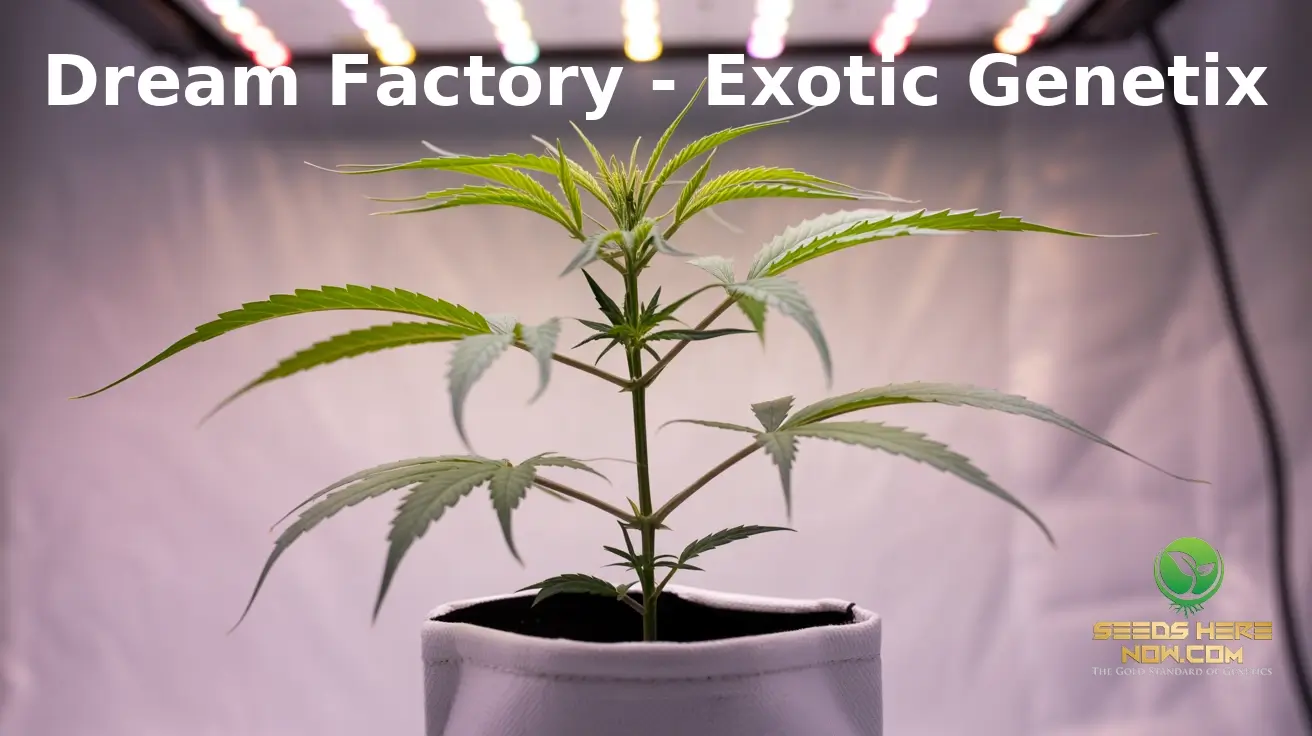
Transplanting: Move to final containers week 4-5. Use 5-gallon minimum for moderate yields, 7-10 gallon for maximum production. Fabric pots improve root pruning and oxygen exchange.
Environment:
- Temperature: 75-82°F lights on, 68-75°F lights off
- Humidity: 55-65%
- Light schedule: 18/6 recommended (some prefer 20/4)
- Light intensity: 400-600 PPFD, increase to 800 by the end
- Airflow: Oscillating fans creating gentle canopy movement
Feeding Schedule: Week 4-5: 400-600 PPM, ratio 3-1-2 (N-P-K focus) Week 6-7: 600-800 PPM, maintain nitrogen for growth Week 8: 800-1000 PPM, begin transition formula
Feed frequency depends on the medium:
- Soil: Every other watering
- Coco: Daily or twice daily
- Hydro: Continuous with reservoir changes weekly
Training Techniques:
Topping: Top above 5th or 6th node during week 4-5. This creates two main colas and establishes a horizontal structure. Consider a second topping 10-14 days later for 4-8 main branches.
LST (Low Stress Training): Begin week 3-4. Gently bend main stem and secure at 90-degree angle. Continue directing branches outward using soft ties. Adjust ties every 3-4 days as plant grows.
SCROG (Screen of Green): Install trellis net 8-12″ above pot rim during week 5-6. Weave branches through squares as they grow. Fill 70-80% of screen before flipping to flower.
Defoliation: Remove large fan leaves blocking bud sites during week 6-7. Focus on interior growth receiving no light. Never remove more than 20-30% foliage at once.
Nutrient Adjustments: Dream Factory responds well to CalMag supplementation—add 2-5ml/gallon throughout veg. Watch for nitrogen excess (dark green, clawing leaves) and reduce feeding if observed.
Growth Characteristics: Expect a multi-topped bush structure with moderate stretch. Internode spacing is medium-tight. Branch strength is good, but support may be needed in flowering. Leaves display broad, indica-dominant morphology with dark green coloration.
Pre-Flower Transition (Weeks 8-9)
The Flip: Switch to a 12/12 light schedule to induce flowering. First 2-3 weeks show explosive stretch (typically 100-150% height increase).
Pre-Flower Prep:
- Final defoliation/lollipopping before stretch
- Install additional trellis layers if needed
- Reduce nitrogen gradually (transition to bloom formula)
- Lower humidity to 50-55%
- Increase airflow to prevent moisture buildup
Environmental Adjustments:
- Maintain 75-80°F (avoid exceeding 82°F)
- Drop humidity 5% per week toward 45-50%
- Increase PPFD to 800-1000
- Ensure complete darkness during off periods
Flowering Stage (Weeks 1-9)
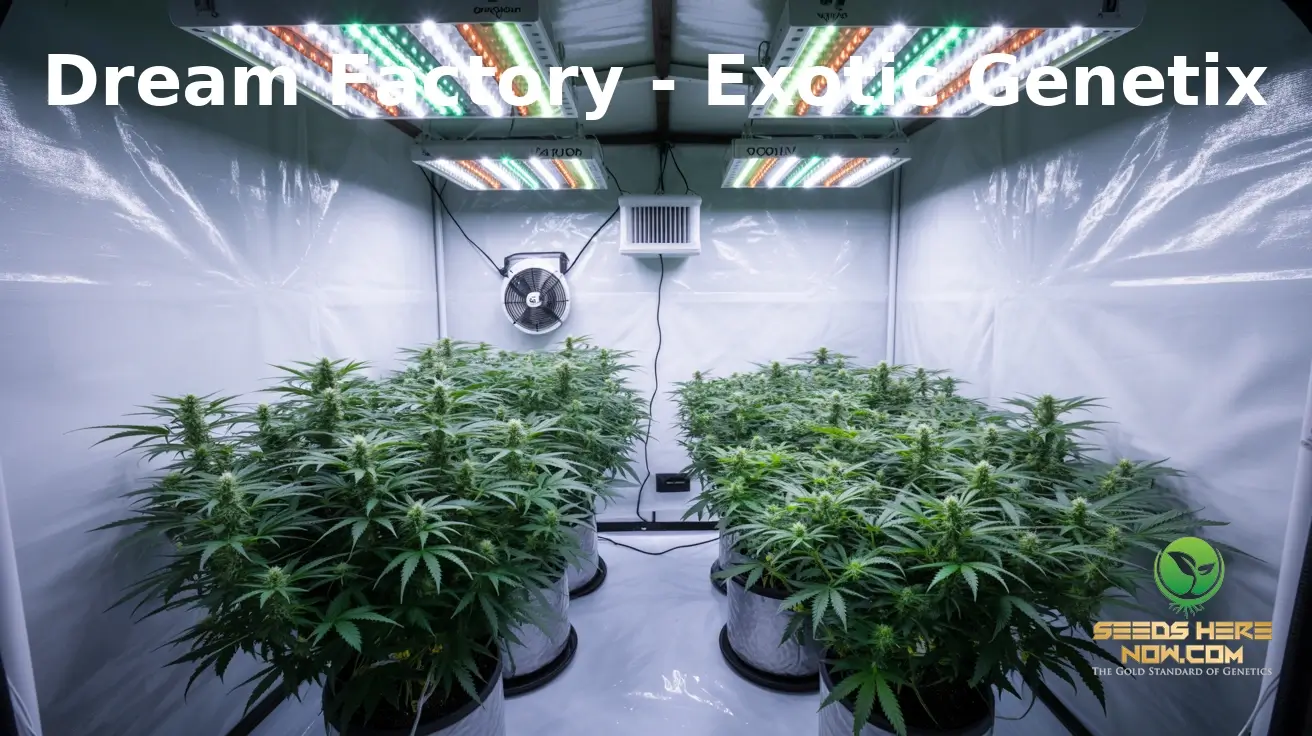
Week 1-2 (Stretch Phase): Expect rapid vertical growth. Continue training branches through SCROG net. Watch for male pre-flowers (shouldn’t occur with feminized seeds but inspect anyway). Introduce bloom nutrients (1-3-2 or 1-4-3 ratio). Maintain 50% humidity.
Week 3-4 (Early Flower): Pistils proliferate at bud sites. Flowers begin stacking. Increase bloom boosters with elevated phosphorus and potassium (0-5-4 or similar). Reduce humidity to 45%. Increase PPFD to 1000-1200. Support branches showing weight.
Week 5-6 (Mid Flower – Bulk Phase): Significant bud swelling occurs. Terpene development accelerates—expect sweet, fruity aromatics mixing with chem and vanilla notes. Maintain nutrient strength at 1000-1200 PPM (soil) or 1200-1500 (coco/hydro). Drop humidity to 40-45%. Monitor for deficiencies—yellowing lower leaves is normal, but upper canopy should remain green.
Terpene Development Notes: Dream Factory’s terpene profile peaks weeks 6-8. Primary terps:
- Limonene (citrus)
- Caryophyllene (spice/chem)
- Linalool (floral/vanilla)
Temperature swings (10-15°F day/night difference) enhance terpene production and color expression.
Week 7-8 (Late Flower – Maturation): Trichome production explodes. Buds densify significantly. Begin flushing if using synthetic nutrients (plain pH’d water for final 10-14 days). Reduce humidity to 35-40% to prevent mold. Lower temperatures slightly (72-76°F) to preserve terpenes.
Color Expression: Some phenotypes display purple hues when exposed to cooler temperatures (65-68°F nights) during late flower. Maintain stability—don’t sacrifice plant health for color.
Week 9-10 (Harvest Window): Monitor trichomes daily with 60x microscope. Harvest timing determines effect profile:
- Clear trichomes: Too early
- Cloudy/milky (70-80%): Peak THC, cerebral effects
- Amber (20-30%): Balanced, more body effects
- Heavy amber (40%+): Sedative, couch-lock
Dream Factory’s optimal window: 70% cloudy, 30% amber for balanced hybrid effects.
Feeding Through Flower: Week 1-3: Bloom base + light PK boost Week 4-6: Bloom base + full PK boost + carbohydrates Week 7-8: Reduce nitrogen to zero, maintain PK Week 9+: Flush with plain water or light chelated minerals
Common Flowering Issues:
Bud Rot (Botrytis): Appears as brown, dying sections within dense colas. Prevention: maintain 35-40% RH, ensure strong airflow, avoid wetting flowers. Treatment: Remove affected sections immediately, increase airflow, consider sulfur burners.
Powdery Mildew: White powdery spots on leaves. Prevention: control humidity, maintain airflow, use UV sterilization. Treatment: Remove affected leaves, spray with potassium bicarbonate solution, avoid late-flower spraying.
Nutrient Lockout: Manifests as deficiencies despite adequate feeding. Check pH religiously—soil 6.0-6.5, coco/hydro 5.5-6.0. Flush with pH’d water at 3x container volume, resume feeding at reduced strength.
Harvest & Post-Harvest (Week 9-10+)
Harvest Preparation:
- Stop all feeding 10-14 days before chop
- Drop humidity to 30-35% final week
- Consider 24-48 hour darkness before harvest (debated but some growers swear by it)
- Sanitize trimming tools and workspace
Harvest Execution: Cut plants at base or take branches individually. For show buds, handle minimally to preserve trichomes. Work in cool environment (65-70°F) to prevent terpene loss.
Wet vs Dry Trimming:
- Wet trim: Remove fan leaves and sugar leaves immediately after cutting. Faster drying (5-7 days), cleaner appearance
- Dry trim: Remove fan leaves only, hang whole branches. Slower drying (10-14 days), better terpene/cannabinoid preservation
For competition entries, dry trimming produces superior results.
Drying:
- Environment: 60°F / 60% RH (the “60/60 rule”)
- Darkness: Complete
- Airflow: Gentle, indirect
- Duration: 10-14 days until small branches snap cleanly
- Inspection: Check daily for mold, rotate if needed
Curing: Transfer dried flowers to glass jars, filling 75% full. Store in dark location at 60-65°F.
Week 1: Burp jars daily for 15-30 minutes (release moisture) Week 2-3: Burp every 2-3 days Week 4+: Burp weekly
Minimum cure: 4 weeks Optimal cure: 8-12 weeks Premium cure: 6+ months
Use humidity packs (62% Boveda) after the initial cure stabilizes. Monitor for ammonia smell (indicates too much moisture—spread buds to dry further).
Phenotype Selection & Show Preparation
Dream Factory exhibits 2-3 main phenotypes:
Pheno 1 (Apples & Bananas Dominant):
- Stronger fruit terps (apple/banana forward)
- Slightly taller structure
- Lighter green coloration
- Longer flower time (68-70 days)
Pheno 2 (Bakers Dozen Dominant):
- Vanilla cookie/cream terps dominant
- Bushier structure
- Darker green with potential purple
- Faster flower time (63-65 days)
Pheno 3 (Balanced):
- Equal expression of both parents
- Complex terpene blend
- Medium structure and timing
For show entries, select based on:
- Trichome density (visible crystallization)
- Bud structure (tight, dense, golf-ball shaped)
- Terpene intensity (opens jars with impact)
- Bag appeal (color, frost, trim quality)
- Bud size (large colas impress judges)
Show Preparation:
- Select best colas (golf-ball to tennis-ball size)
- Final trim with extreme precision
- Store in glass with humidity control
- Don’t handle buds directly (use gloves)
- Submit fresh (2-8 week cure, not over-cured)
Yield Expectations
Conservative (new growers):
- Indoor: 1.0-1.2 oz per square foot
- Per plant (5-gallon): 2-4 oz
Moderate (experienced growers):
- Indoor: 1.5-2.0 oz per square foot
- Per plant (7-gallon): 4-6 oz
Maximum (expert + dialed environment):
- Indoor: 2.0+ oz per square foot
- Per plant (10-gallon): 6-10 oz
Factors affecting yield:
- Light quality/intensity (most critical)
- Training methods (SCROG vs SOG vs natural)
- Phenotype selection
- Vegetative time (longer veg = bigger plants)
- Environmental stability
Troubleshooting Common Issues
Slow Growth: Check root health—rootbound plants stall. Verify pH, light intensity, and temperature. Increase feeding if leaves are pale.
Leaf Discoloration:
- Yellow lower leaves during flower: Normal senescence
- Yellow upper leaves: Nitrogen or iron deficiency
- Brown crispy tips: Nutrient burn, reduce feeding
- Purple stems: Genetics, cold stress, or phosphorus deficiency
- Spots/rust: Calcium, magnesium, or fungal issues
Hermaphrodites: Feminized seeds drastically reduce but don’t eliminate risk. Stress triggers herms—avoid light leaks, temperature swings, excessive defoliation, and nutrient extremes. Inspect plants weekly for banana-shaped male flowers. Remove immediately if found.
Airy/Larfy Buds: Caused by insufficient light, excess heat (above 85°F), or genetics. Ensure 1000+ PPFD during peak flower. Maintain temperatures below 80°F. Some phenotypes naturally produce fluffier flowers—select against these.
Mold/Bud Rot: High humidity + poor airflow = mold. Dense buds are susceptible. Prevention is critical—maintain 35-40% RH during late flower, ensure strong circulation, inspect buds weekly. No cure exists once established—remove and destroy affected material.
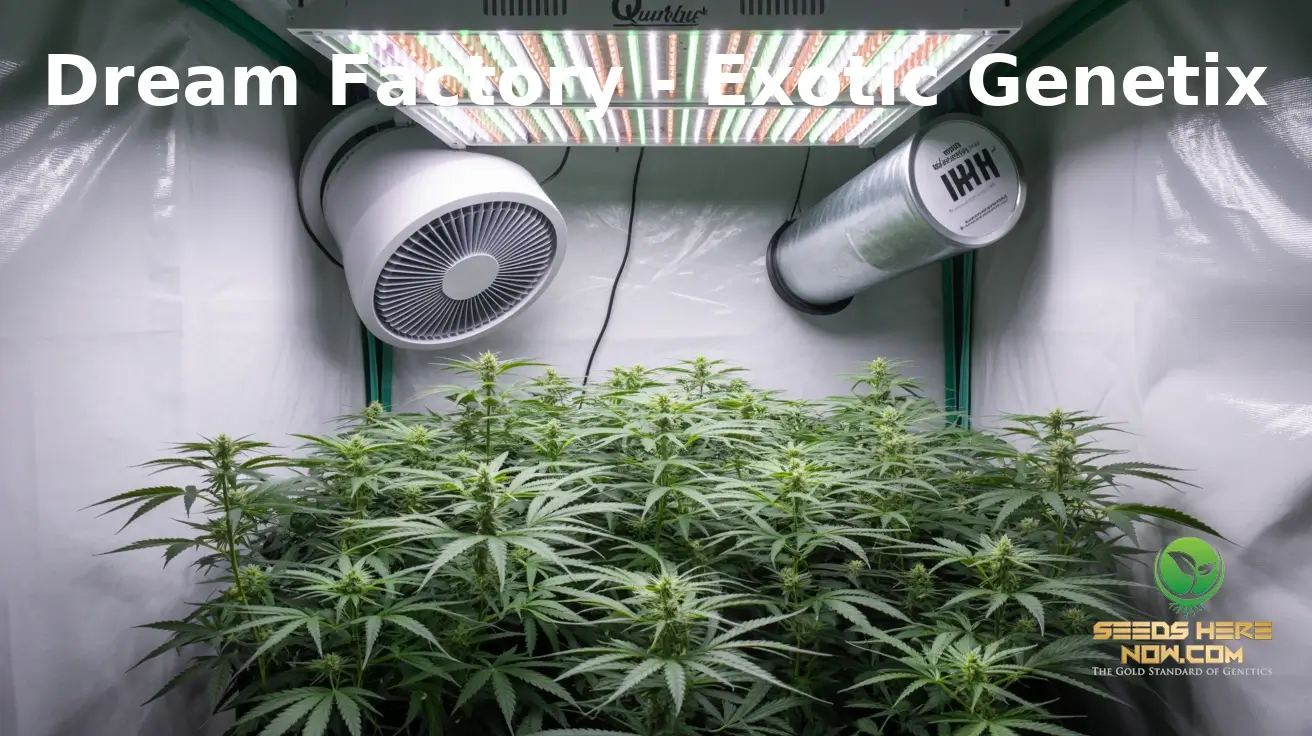
Competition Tips
Strain Expression: Dream Factory excels in categories:
- Best Hybrid Flower
- Best Terpene Profile
- Best Bag Appeal
- People’s Choice
Maximize Competition Performance:
- Growing: Longer vegetative time (8+ weeks) produces larger, more impressive colas
- Training: SCROG creates uniform canopy with consistent colas
- Feeding: Reduce nitrogen final 3 weeks for trichome explosion
- Harvesting: Wait for peak window (70% cloudy, 30% amber)
- Curing: Submit at 4-8 week cure (peak terpene expression)
- Trimming: Manicure with precision—appearance matters
- Selection: Choose single best cola, not batch average
Lab Testing: For competitions requiring testing, Dream Factory typically tests:
- THC: 20-25%
- Total Cannabinoids: 25-28%
- Terpenes: 2-3% (high for modern genetics)
Advanced Techniques
Monster Cropping: Take clones during early flower (weeks 1-3). Rooted clones revert to veg with pre-developed branching. Results in bushier, higher-yielding plants.
Regeneration (Re-Veg): After harvest, leave lower buds and foliage. Return to 18/6 light schedule. Plant regenerates vegetative growth. Allows preservation of excellent phenotypes without cloning. Takes 4-6 weeks to resume normal growth.
Tissue Culture: Lab-based propagation eliminating pests/disease. Creates hundreds of identical plants. Advanced technique requiring sterile lab setup.
Breeding Projects: Dream Factory makes excellent breeding stock. Crosses well with:
- OG Kush varieties (adds fuel terps)
- Gelato/Cookies lines (enhances frost)
- Chem varieties (amplifies chem notes)
Final Recommendations
Dream Factory rewards attention to detail. Key success factors:
- Climate control is non-negotiable for exhibition quality
- Training maximizes yield and creates even canopy
- Feeding should increase through mid-flower, then taper
- Harvesting at proper trichome maturity ensures expected effects
- Curing can’t be rushed—minimum 4 weeks, preferably 8+
This strain delivers competition-worthy results when properly cultivated. The genetic combination of Apples & Bananas and Bakers Dozen provides complex terpenes, heavy resin production, and bag appeal that stands out. Expect 9-10 weeks seed to harvest (including 3-week veg minimum), with optimal results at 12-14 weeks total cycle time.
For 2026 competitions, Dream Factory from Seeds Here Now and Exotic Genetix represents proven genetics with award-winning lineage. The strain’s balanced effects, heavy yields, and terpene complexity make it an excellent choice for growers targeting exhibition-level results.
Now that you know how to grow this exceptional strain, shop the collection of premium cannabis seeds at Seeds Here Now.
Suggested Articles
;)
;)
;)



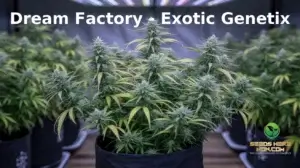
 15 Oct 2025
15 Oct 2025  11 min read
11 min read
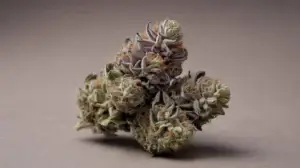
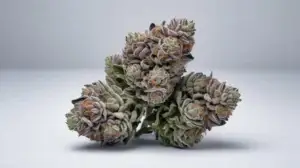
 October 15, 2025
October 15, 2025 


RESPONSES (0)
No responses yet. Be the first to respond!